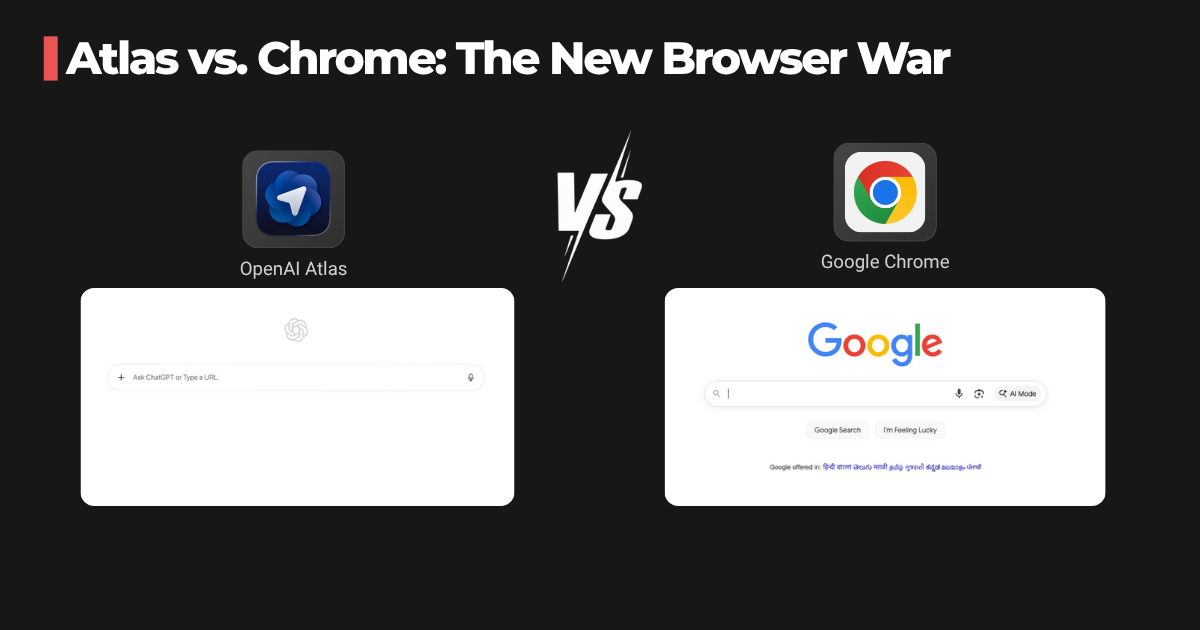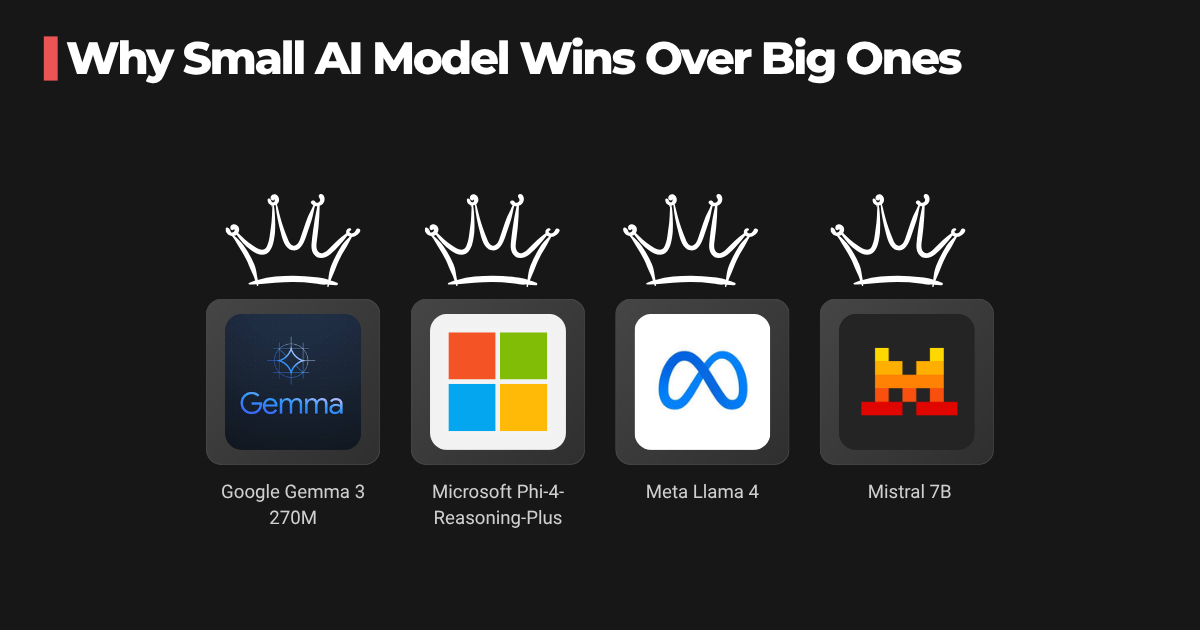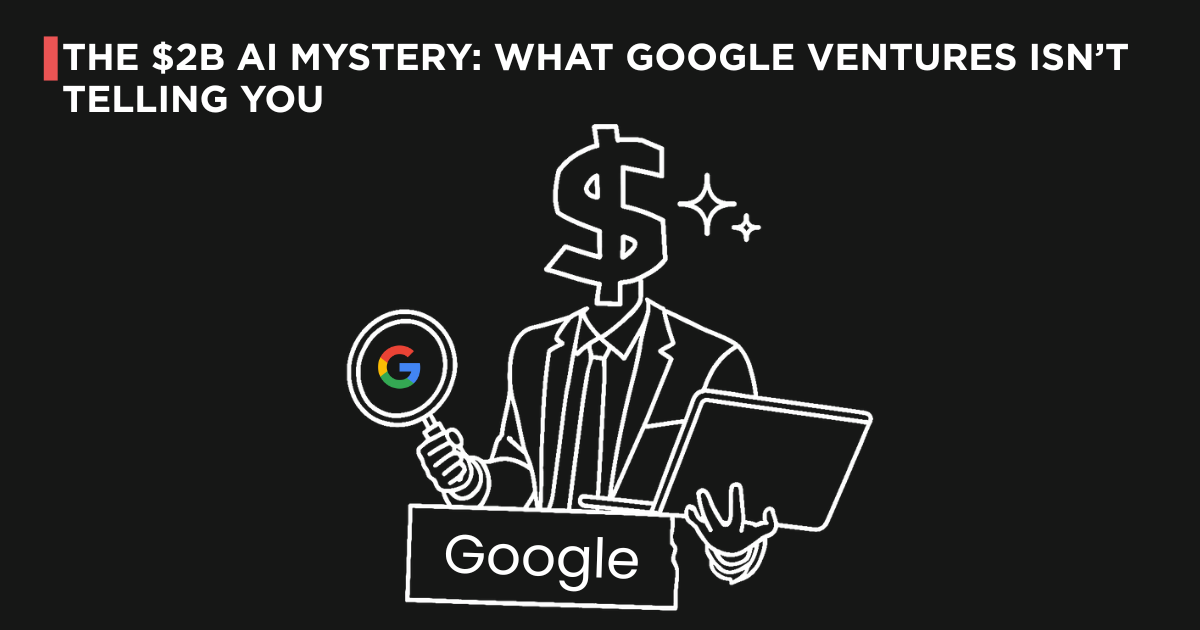While everyone was optimizing for 30-minute delivery, two Stanford dropouts had a different plan: Why not 10 minutes? Today, Zepto is valued at $5 billion. Here's how they did it.
🎯The Counterintuitive Launch Strategy
Here's what blew my mind: While competitors like Blinkit and Instamart were burning millions on broad market penetration, Zepto took the opposite approach
The "Matchstick Strategy"
Instead of lighting up entire cities, they focused on lighting small, concentrated fires in specific neighborhoods. Each "dark store" served only a 2km radius, but they dominated that radius completely.
- 2KM delivery radius per dark store
- 10 Min average delivery time
Your Takeaway: Don't try to be everywhere. Dominate somewhere first. Pick your smallest viable market and own it completely before expanding
🧠The Psychology Hack That Changed Everything
Zepto discovered something fascinating: customers don't actually need everything in 10 minutes. But they want to KNOW they CAN get it in 10 minutes.
The "Peace of Mind" Positioning
Their secret weapon wasn't speed—it was psychological safety. They positioned themselves as your "emergency grocery backup," not your primary grocery store.
The Frequency Paradox
Counterintuitively, customers who ordered once a week spent MORE per order than those who ordered daily. Why? Because weekly users treated Zepto as their "Oh sh*t, I'm out of milk at 11 PM" solution and didn't mind paying premium prices.
🚨 The Hidden Insight
Most startups optimize for frequency. Zepto optimized for urgency premium. When someone needs something RIGHT NOW, they're willing to pay premium prices for convenience.
Your Takeaway: Don't compete on being better. Compete on being different. Find the emotional trigger your competitors are missing.
💰The Unit Economics Magic Trick
Everyone said 10-minute delivery was impossible to make profitable. Zepto's founders had a different thesis:
The "Inventory Velocity" Play
Instead of stocking 10,000 SKUs like traditional stores, they identified the 500 products that represented 80% of urgent demand. Higher inventory turnover = lower carrying costs = higher margins.
500 Optimized SKUs vs 10,000+ traditional
$5B Current valuation (2024)
The Compounding Effect
Fast delivery → Happy customers → More orders → Better inventory prediction → Even faster delivery. They built a flywheel, not just a service.
Your Takeaway: Don't just solve the problem. Create a system where solving the problem makes solving it again even easier.
🔥The Viral Growth Engine (This Is Pure Gold)
Here's where it gets really interesting. Zepto didn't just acquire customers—they turned every delivery into a marketing event.
The "Neighbor Envy" Strategy
Every Zepto delivery person wore bright, distinctive gear and carried branded bags. When your neighbor sees a Zepto delivery at 11 PM, curiosity kicks in: "What did they order? How did it arrive so fast?"
The "Social Proof" Amplifier
They gamified sharing: "Your order arrived in 8 minutes! Share this win and get ₹50 off your next order." Customers weren't just sharing—they were bragging about the speed.
High Referral acquisition rate
Organic customer acquisition cost
Your Takeaway: Make your product experience so remarkable that NOT talking about it feels weird. Create natural conversation starters.
⚡The Retention Secret Nobody Talks About
Most quick commerce companies focus on speed. Zepto's real competitive moat? Reliability consistency.
The "Trust Battery" Concept
Every successful delivery charged their "trust battery." Every delay drained it. But here's the kicker: they built systems to PREEMPTIVELY communicate delays, turning potential frustration into appreciation.
The Predictive Communication System
"Your order might be 3 minutes late due to rain, but we're prioritizing your delivery. Here's a ₹20 credit for the inconvenience." They turned problems into opportunities to build trust.
💡 The Psychology Behind It
Research shows customers are significantly more forgiving when you communicate problems BEFORE they ask about them. Zepto weaponized this insight.
Your Takeaway: Don't just meet expectations—manage them proactively. Transparency beats perfection every time.
🎪The Show-Stopper: How They Beat Giants 10x Their Size
Amazon, Flipkart, BigBasket—all the giants were watching. Here's how two 20-somethings outmaneuvered billion-dollar corporations:
The "David vs. Goliath" Advantage
While giants were optimizing existing systems, Zepto built from scratch. No legacy infrastructure. No internal politics. Just pure focus on the 10-minute promise.
The "Speed of Decision" Weapon
Corporate giants needed committees to change a button color. Zepto's founders could pivot their entire strategy over a cup of coffee. In fast-moving markets, speed of execution beats depth of resources.
"We knew we couldn't outspend them. But we could out-iterate them." - Aadit Palicha, Zepto Co-founder
Your Takeaway: Your size isn't your weakness—it's your superpower. Use agility to outmaneuver bigger, slower competitors.
⚡The Action Plan: How to Apply This Today
Week 1: Identify your smallest viable market. What's your "2km radius"?
Week 2: Find your "urgency premium" moment. When do customers need you RIGHT NOW?
Week 3: Build your "neighbor envy" factor. How can your service create natural conversation starters?
Week 4: Design your predictive communication system. How will you turn problems into trust-building opportunities?












